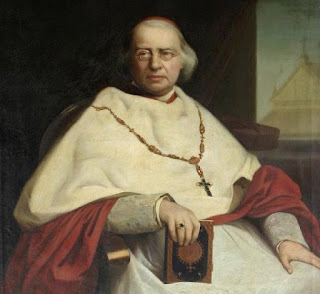 |
Burial plots were often on the family homestead in pioneer
Florida. This one is in the Big Scrub near Ocala. Neighbors
pulled together to help when death occurred on the frontier.
Photo credit: State Archives of Florida |
Maybe I have jet lag from the time change, and it's made me cranky. Maybe I'm tired of the nasty election-year rhetoric on every side. But it seems more and more people are spitting and sputtering in fractious dialogues and encounters, and vying to be loudest and meanest.
Are people tearing into one another because our society rarely calls on us to help one another? I mean, really help? As in next-door-neighbor kind of help?
I can't answer that question. But it arises because I encounter opposite behavior so often in old diaries and letters. Page after page reflects how people just assumed they would help neighbors in need and receive likewise in return.
I'm first to say the "good old days" weren't always so good. Settlers in pioneer Florida - and on any frontier, for that matter - faced tremendous odds. They needed grit to survive. Perhaps it was a requisite personality trait for anyone considering a move to a remote location devoid of most creature comforts.
All I can determine is that, once in a place, people bonded. And not because they were all of the same class, ethnicity, or faith. They usually weren't. (Sadly, even these gritty pioneers usually couldn't overcome racial barriers, at least not that I've uncovered yet.)
The following sad example illustrates the way pioneers pulled together instead of pulled each other apart. In 1878, DeLand was still a raw Florida town despite its growth. There wasn't a hospital around the corner or an EMT a phone call away. Serious illness or accident could lead to death. And sometimes that death was the worst kind possible, that of a baby.
I'll let DeLand innkeeper Lucy Mead Parce tell the rest in the words she used in an October 1878 letter to her son in another state:
"Mrs. Thomas's baby (4 weeks old) died last night. Miss Deane sent over for me to come and help trim the coffin last evening. We have some beautiful fine white wildflowers & I made a wreath and cross of those & geranium leaves. ... A carpenter made the coffin. Mrs. Southworth and Leet lined it & Miss Deane made a wreath of geranium to finish it around the top with. I write this to show you that what is done we have to do ourselves ... The funeral was today at 12 o'clock. Your Father made the prayer. Adda, Will, Miss Deane and two or three others sang. It was buried in their yard. Mrs. Thomas is very poorly ... I should not be at all surprised if she did not live long herself."
She goes on to explain how Mrs. Thomas was being kept alive by neighbors who shared nursing duties.
My point is this: Here you have people dropping everything to help a neighbor family through a time of intense grief. Tell me, do you know of someone who would craft a coffin overnight in today's world? Or stay up late to line it or weave flower chains to drape across it?
Yes, they had to make-do themselves, as Lucy Parce states. But they didn't complain about it. Their unity leaps out from her written words, more than 135 years after she set them on paper. So does a gentle civility that appears to have vanished from the modern landscape.
I know people today rise to occasions when necessary. I know frontier dwellers clung to one another partly because their known world ended in a thicket of unwelcoming wilderness in the near distance. But still. Have we lost something of ourselves? I hope not.


